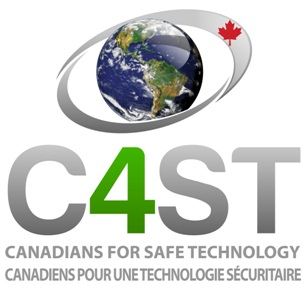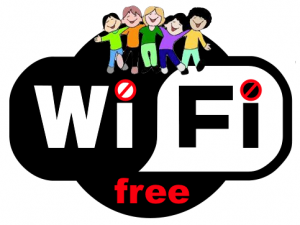From May 24–31 2011, a Working Group of 31 scientists from 14 countries met at the World Health Organization’s, International Agency for Research on Cancer (IARC) in Lyon, France, to assess the potential carcinogenic hazards from exposure to radiofrequency electromagnetic fields. (IARC) determined that exposure to wireless radiation is a Class 2B possible carcinogen (May 2011). Lead and DDT are on the same list. Dr. Baan, a member of the IARC committee, clarified that the designation “holds for all types of radiation within the radiofrequency part of the electromagnetic spectrum, including the radiation emitted by base-station antennas, radio/TV towers, radar, Wi-Fi, smart meters, etc.”



